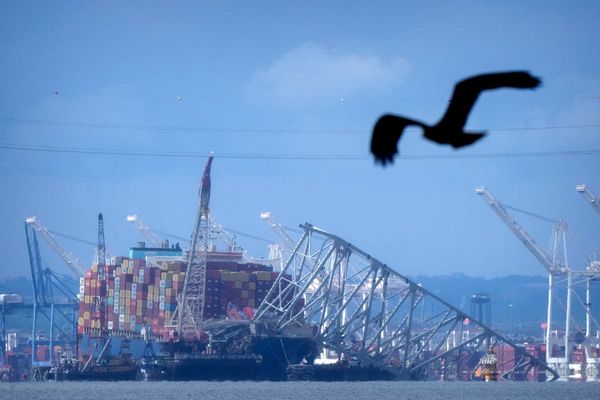
For traditionalists, the unveiling of the first of 438 solar panels on the roof of King’s College chapel in Cambridge may have been a dark day.
Historic England objected strongly to the planning application for the panels on the lead roof of the English gothic masterpiece, warning of irreparable damage to an “exceptionally significant building”. Cambridge city council’s planning officer argued that the PV panels – with the potential to generate 123,000kWh of electricity a year – would erode the “authenticity and integrity” of this “historically iconic medieval building”.
And King’s, nearly 600 years old but usually regarded as the radical provocateur among Cambridge colleges, was criticised in the Spectator for “virtue signalling” over the panels, which will meet all the chapel’s power needs but provide just 5.5% of the college’s overall electricity requirements.
However, the college provost and dean were beaming on a rooftop tour of the ongoing installation on Tuesday.
“It’s not so much signalling virtue as signalling a clarion call for change,” said Gillian Tett, a Financial Times columnist and the new provost of King’s. “We face a climate emergency. We have to be imaginative about how we respond to it. Yes, it’s a symbol but symbols reinforce what’s normal and we’re trying to change what’s thought of as normal.”

The Rev Dr Stephen Cherry, dean of the college, said he thought the solar panels humanised the building. “It’s our own local powerhouse,” he said.
Cherry admitted he was surprised when the college was permitted to fit the solar array. Councillors sitting on the city’s planning committee only voted unanimously in favour of the panels – against their planning officer’s advice – after a barnstorming appeal by former provost and astrophysicist Michael Proctor.
Striding the scaffold boards across the apex of the roof, Cherry said: “It was a surprise really because it’s so difficult to know how people are going to balance the aesthetic against the practical. Different people will make that judgment differently at different times. What’s significant is that the application caught the public mood. My guess is that it would have been different five or 10 years ago.”
The south-facing lead roof was only fitted in the 1950s but both sides required new lead, which is recycled: partly made from melting down the old one. The panels are being placed on both the north- and south-facing sides, with the former forecast to provide 40% of electricity generated.
With 28 panels installed, the PV engineer Adam Hyland was enjoying the vista across Cambridge to the Isle of Ely in the north and the Gog Magog hills to the south. “How often do you get a chance to have a view like this, standing on a building of this calibre?” he said.
Down below, the panels – which, combined with heat pumps, retrofitting insulation and passive-standard new buildings, will help the college become net zero by 2038 – were invisible from the classic view of the Backs, and difficult to spot from streets and courts behind the chapel’s ornate pinnacles.
Tett is convinced they will not spoil visitors’ enjoyment of a building which is the quintessential, global image of Oxbridge – although filmmakers of period drama might be forced to get out the CGI.
“People don’t come to King’s College chapel to see the roof, they come to see the gothic ceiling and the stained-glass windows and the King Henry VIII wooden arch,” said Tett. “We’re not trying to pretend that the solar panels are invisible because they’re not.
“King’s College is proud to be progressive. We know that we have this extraordinary building which for many people is the face of Cambridge. We’re constantly featured in Hollywood films and on Instagram. We have this incredible historic legacy. We can either be trapped by our historic past, or we try and use that as a springboard to look forward.”
King’s is not the first ecclesiastical building or Grade I-listed attraction to have solar panels fitted: Gloucester, Salisbury and Bradford cathedrals all have solar panels. Tett said she hoped King’s would inspire more of England’s 16,000 churches to follow, particularly as churches have historically been built facing east and so usually have a large expanse of south-facing roof.
“The UK is stuffed full of churches which are often not being used very much. We’ve got all those big south-facing roofs,” she said. “This is giving a real strong symbol to everyone to imagine things that were once unimaginable.”
This article was amended on 29 November 2023. The King’s College chapel solar panels have the potential to generate 123,000kWh of electricity, not 106,000kWh. Also, an earlier version gave the number of panels as “more than 400”; to be more precise, there are 438.







